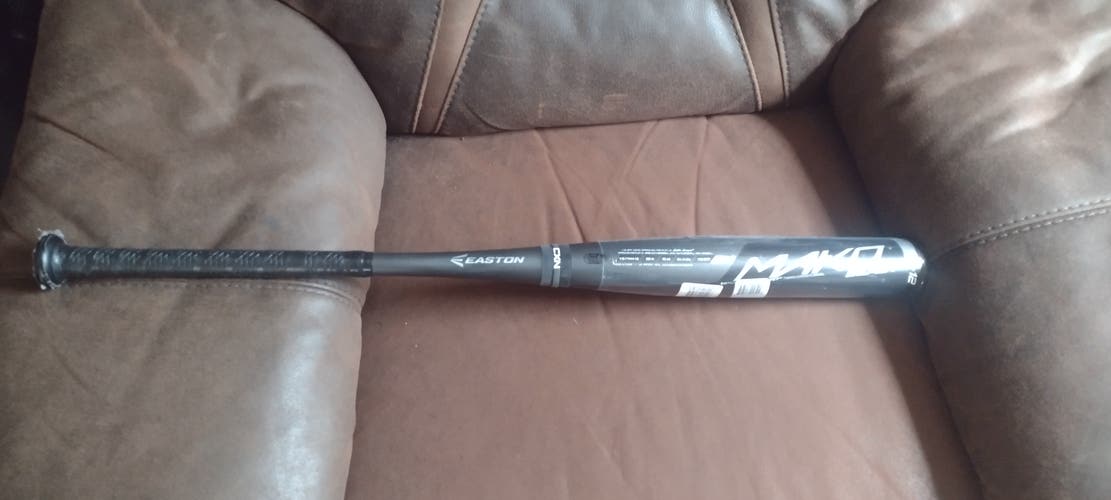Popular Baseball Bat Models
See more Popular Baseball Bat Models
Louisville Slugger Atlas
233 Available

Louisville Slugger Select PWR
286 Available

Easton ADV 360
345 Available
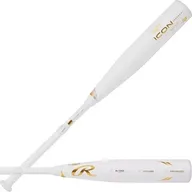
Rawlings Icon
457 Available
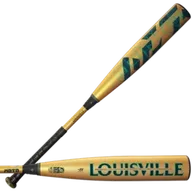
Louisville Slugger Meta
1665 Available

Marucci CAT X
716 Available
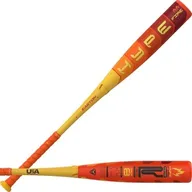
Easton Hype Fire
777 Available
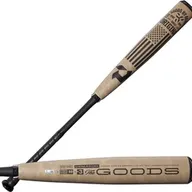
DeMarini The Goods
1009 Available

Marucci CAT X Connect
291 Available

DeMarini CF
1108 Available
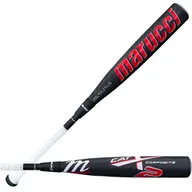
Marucci CAT X Composite
681 Available
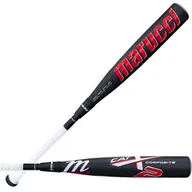
Marucci CAT9
1069 Available

Rawlings Clout AI
48 Available

Marucci CATX2 Alloy
73 Available
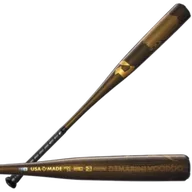
DeMarini Voodoo
497 Available
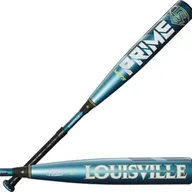
Louisville Slugger Meta Prime
65 Available

Easton Ghost X Evolution
33 Available
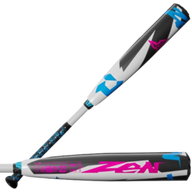
DeMarini CF Zen
695 Available

DeMarini Zoa
600 Available

Victus Vibe
223 Available

Marucci F5
298 Available
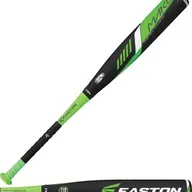
Easton Mako
743 Available
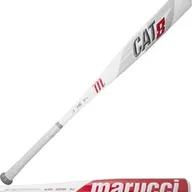
Marucci CAT8
486 Available

Easton Speed
306 Available
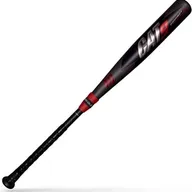
Marucci CAT9 Connect
375 Available
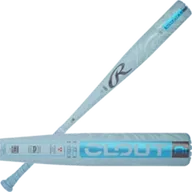
Rawlings Clout
43 Available
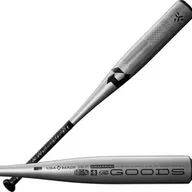
DeMarini The Goods One Piece
117 Available

Easton Hype Comp
108 Available

True Temper HZRDUS
44 Available
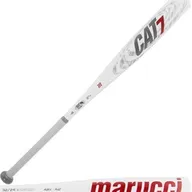
Marucci CAT7
286 Available

Marucci CATX2 Connect
73 Available
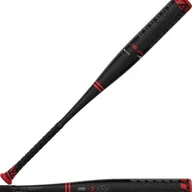
Easton Alpha ALX
256 Available
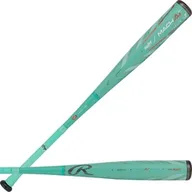
Rawlings Mach AI
123 Available
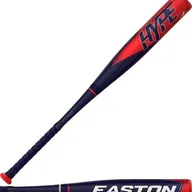
Easton ADV Hype
291 Available
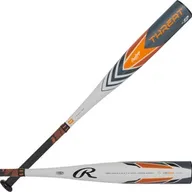
Rawlings Threat
126 Available
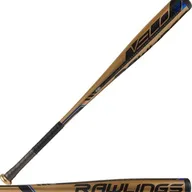
Rawlings Velo
443 Available

Marucci CAT X2
68 Available
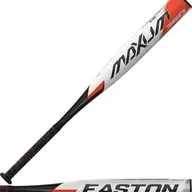
Easton Maxum 360
115 Available

Easton ADV
38 Available

AXE Elite One
120 Available

Easton MAV1
197 Available
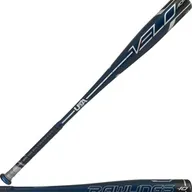
Rawlings Velo ACP
124 Available
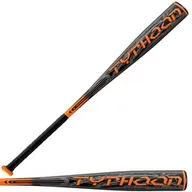
Easton Typhoon
83 Available

Victus Nox 2
33 Available

Rawlings Rush
19 Available

True Temper Rake
24 Available
Trending Bat Listings
See more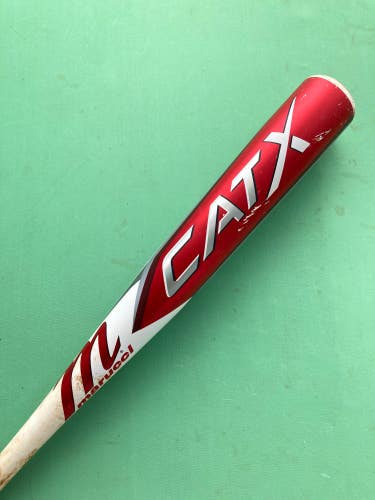
Game_Ready
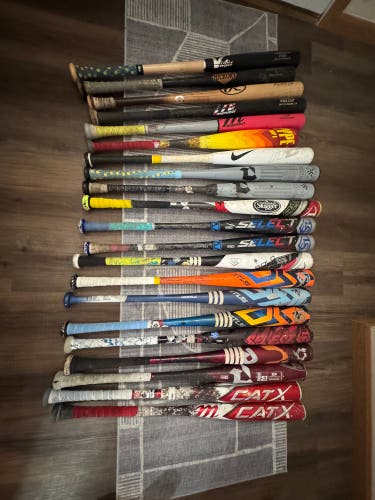
Gaitheraidan
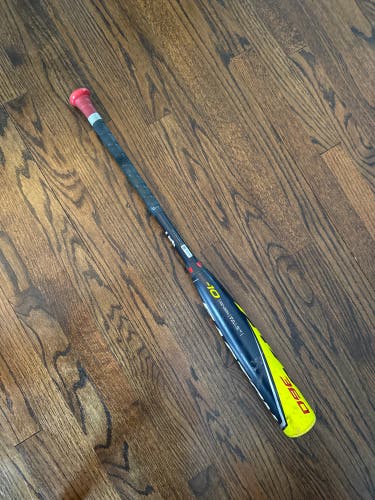
SAnto1
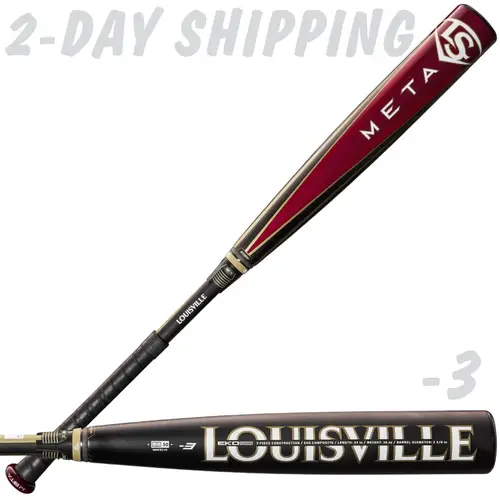
ProtechProducts
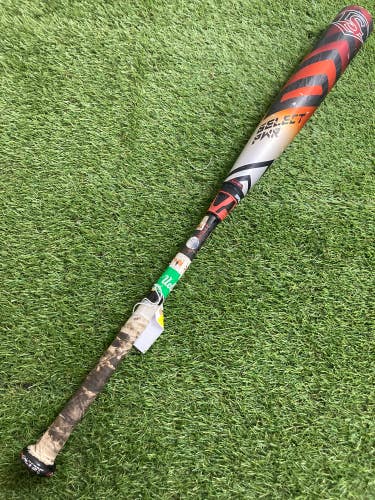
sportsxchange
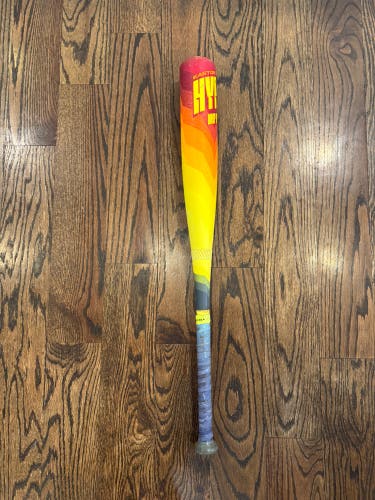
tmedlin3415

JJenni825
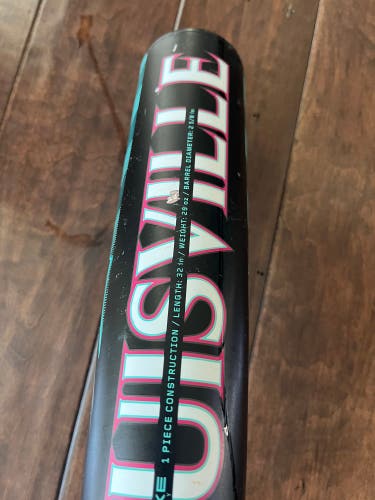
Erinsauter
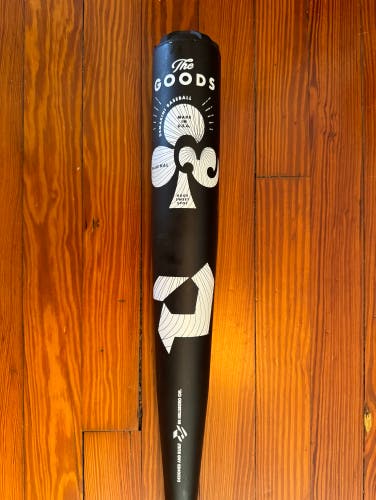
Ploew
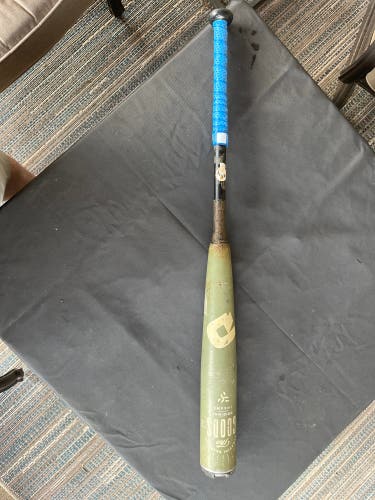
Mmunson5
Shop by Bat Certification
USSSA CertifiedUSABat CertifiedBBCOR CertifiedTraining Bats
1,133 Results
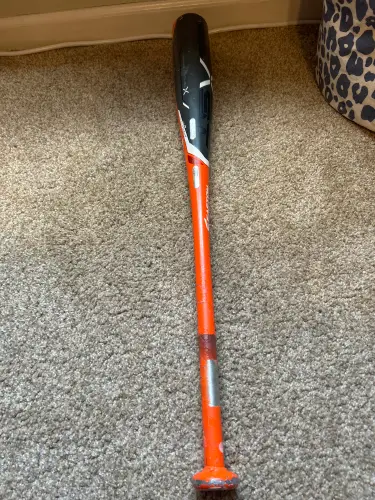
Connerunderwo9

travelballshop

Tbaffa22

PIASrocNY

Aggietexan

sfssports

Kegan_b
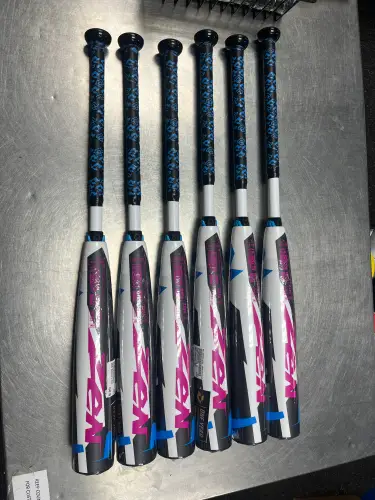
pias11634

BTomahawks15
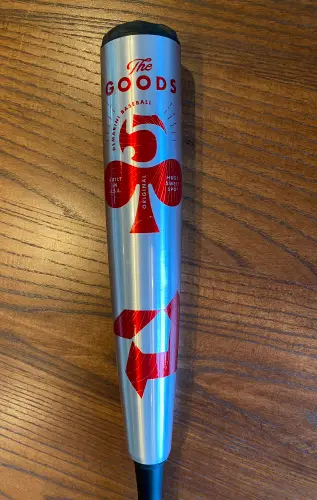
jbraintwain

CrushBats
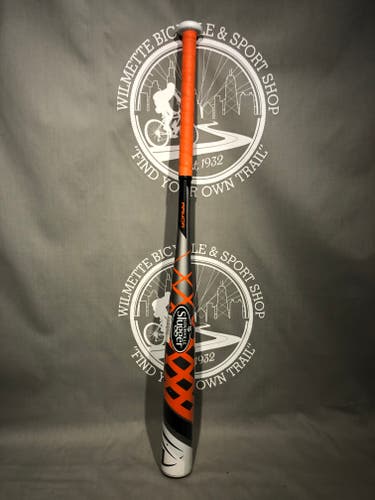
wilmettesport
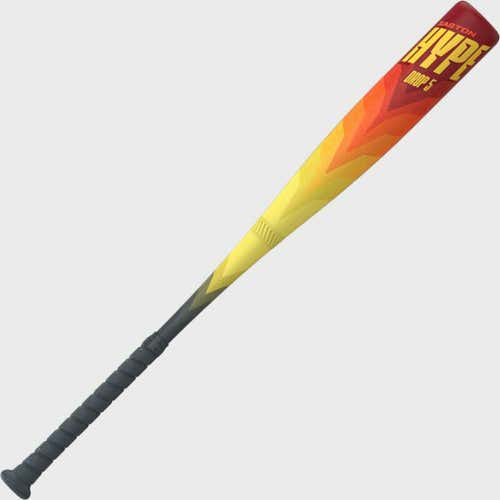
PIAS11771

KS02
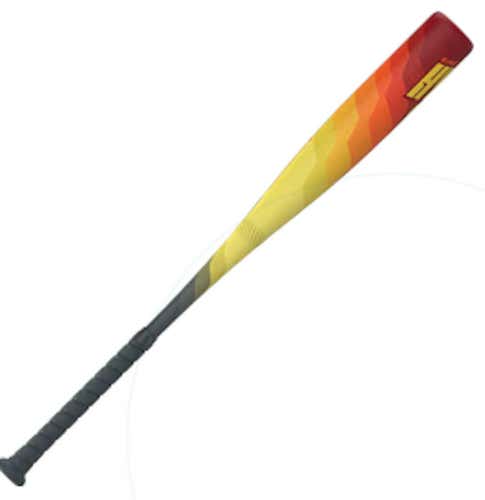
PIAS11771
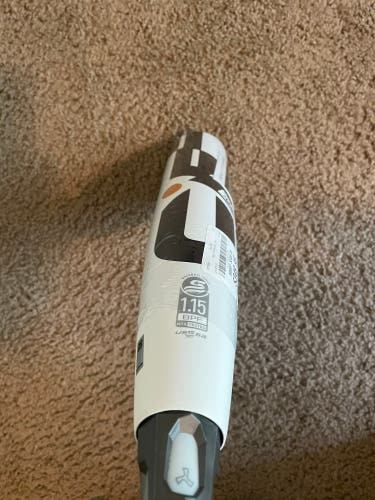
NYMets2020
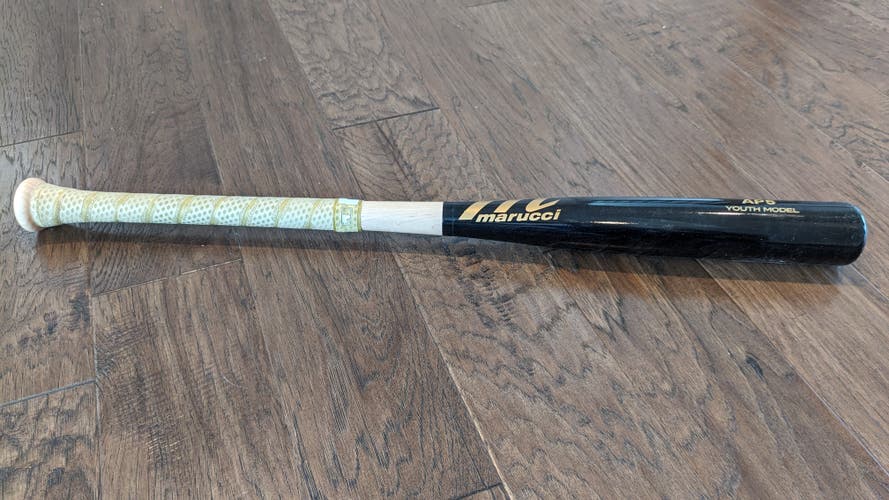
addisonse
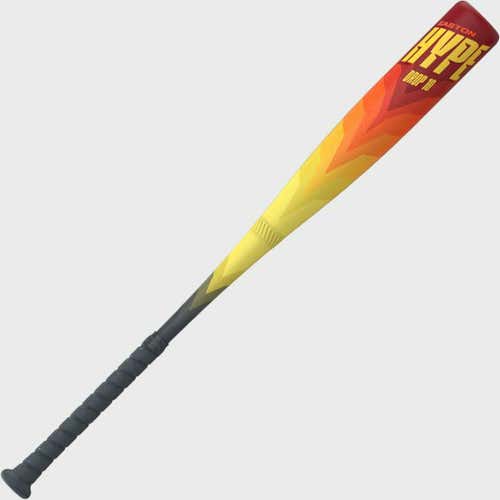
PIAS11771
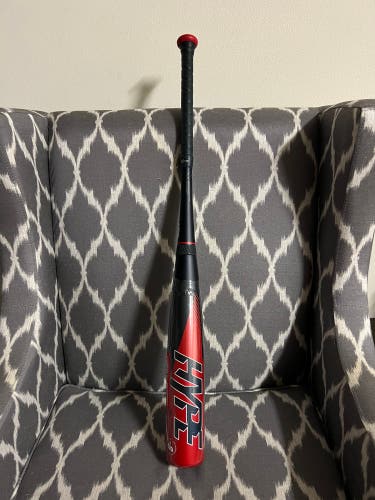
CrushBats

813_bats

813_bats
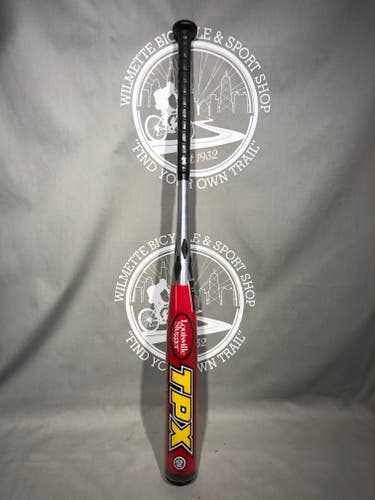
wilmettesport
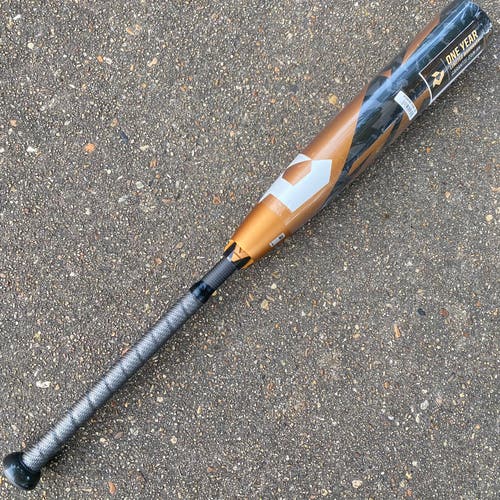
EqualizerBats
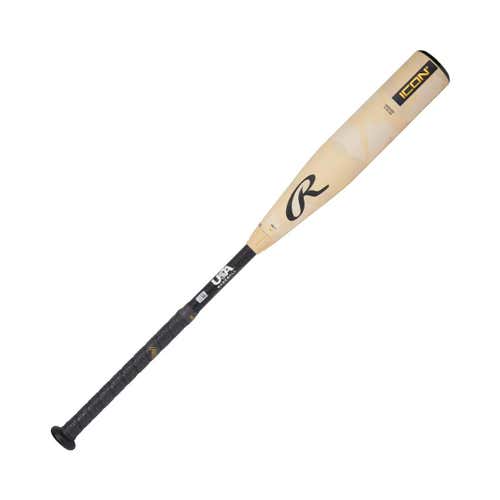
pias11677
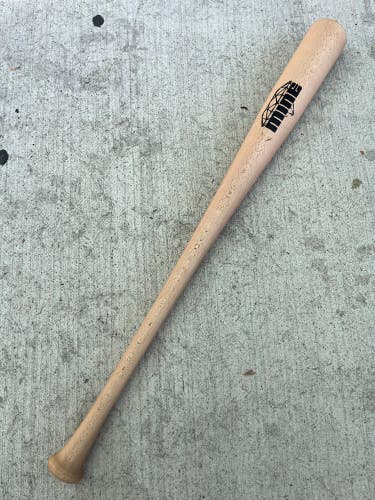
blowout_bargains

813_bats
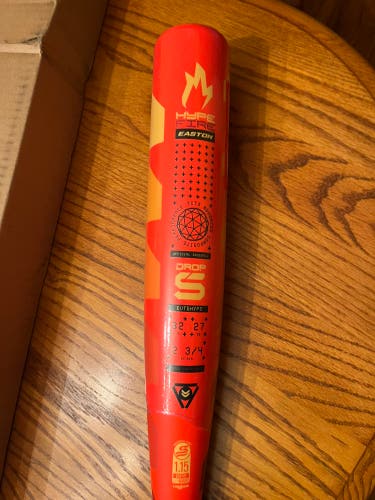
tylerb_88
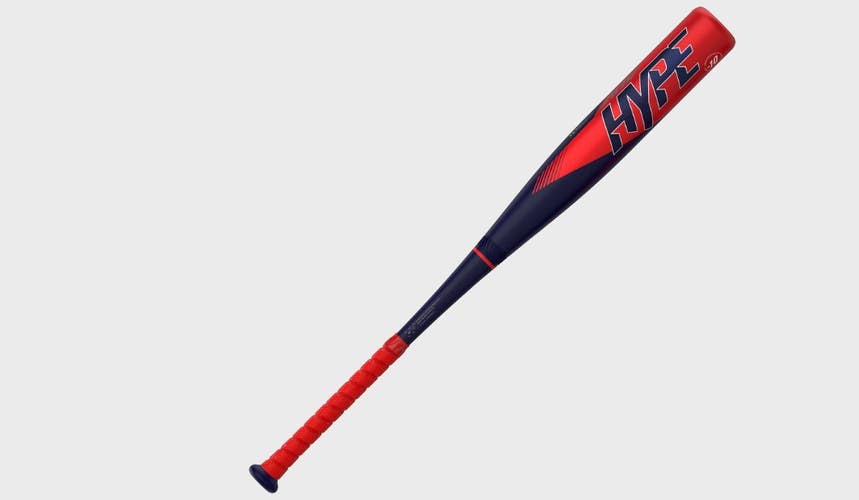
sfssports

813_bats

sfssports




